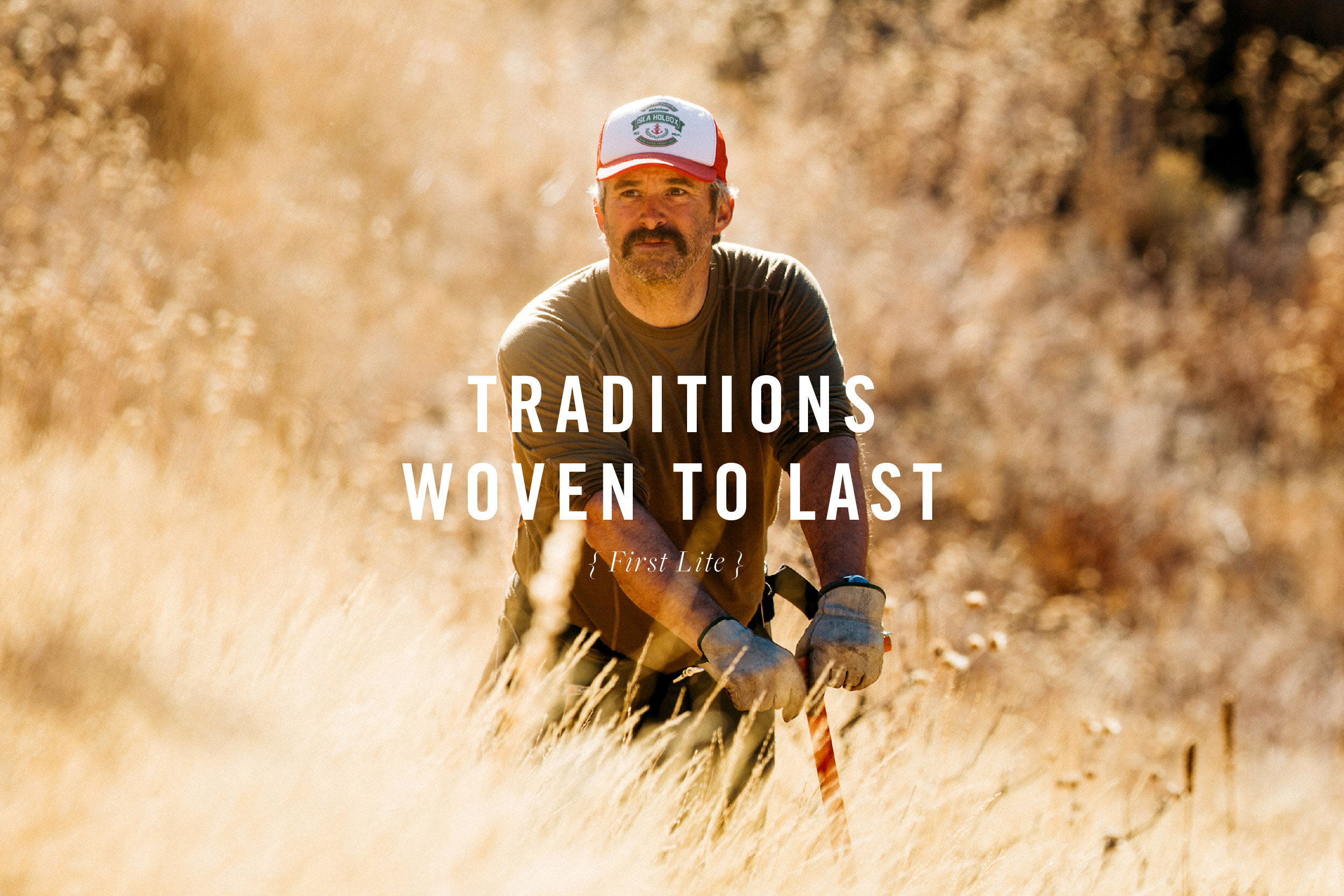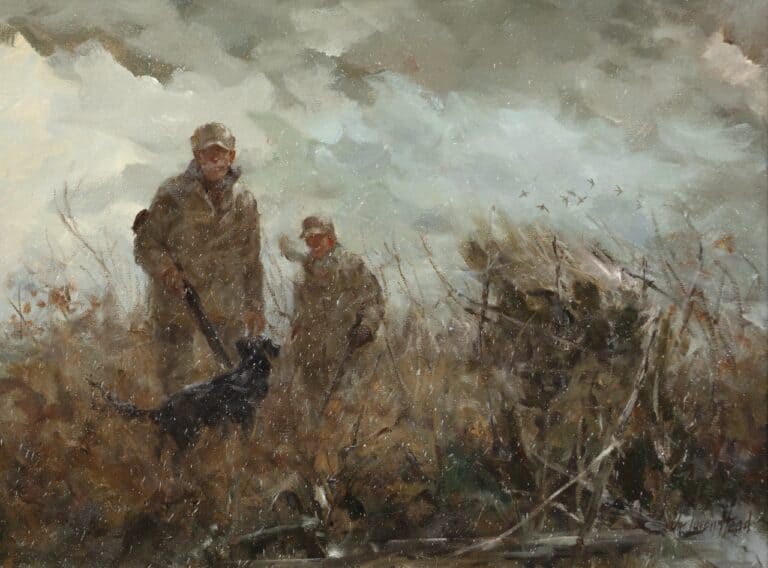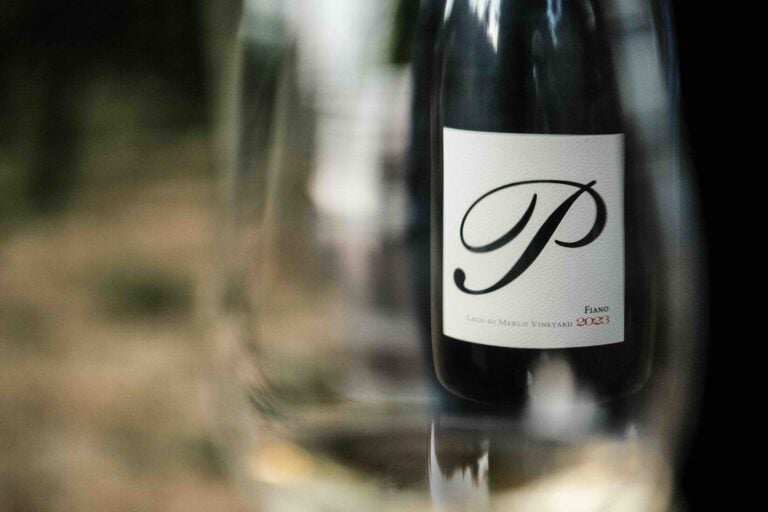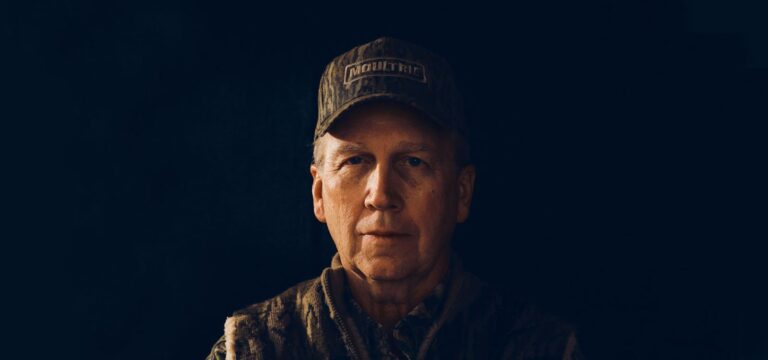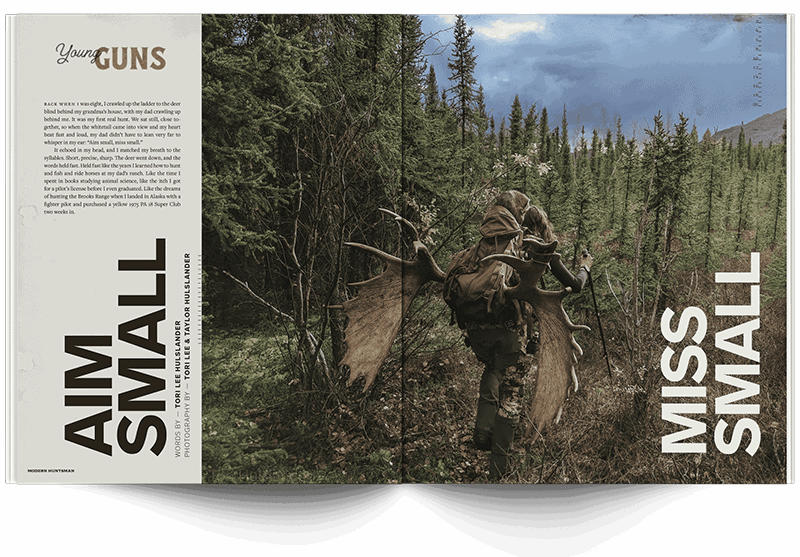IDAHO | KETCHUM
I lean forward on my trekking pole to seek relief from the burden on my back. The dark closes in around me, shrinking my world to a headlamp halo at my feet and the weight of a quartered mule deer divided between my pack and my partners in the late November cold. I wipe the sweat from my brow and grin into the spotlight illuminating me. “Do you want to shed another layer?” he asks. I shake my head. The wool base layer against my skin pulls the dampness of exertion away from my body, the fleece a barrier from the night air chilling the world around me.
His question conjures up memories of my youth and Dad’s unremitting advice, “You never know what can happen in the Sierra Nevadas — layers could save your life.” And on this midnight Montana pack-out, I’m thankful for the layers of traditions I’ve retained and those I’ve added along the way.
Traditions underlie our every journey into the woods; what we wear and carry, how we communicate, and how we conserve our resources. Some traditions we inherit. Others we forge for ourselves, testing our theories in the rugged labs of the wild, with our survival, or at the very least comfort, hanging in the balance. Nestled in the small mountain town of Ketchum, in the Wood River Valley of central Idaho, First Lite has married new traditions with the old, reliable natural fabric of wool. Working from dawn till dusk, founders Kenton Carruth and Scott Robinson, alongside Ryan Callahan and now-President Ross Copperman, became the first to produce Merino wool in a camouflage pattern, taking the U.S. hunting community by storm in 2007. Blazing new trails up a mountain is hard, lonely work, and steady progress requires that each foot is secure before the next step.
First Lite circumvented what had already been done and designed for what was to come. In recent years, their
